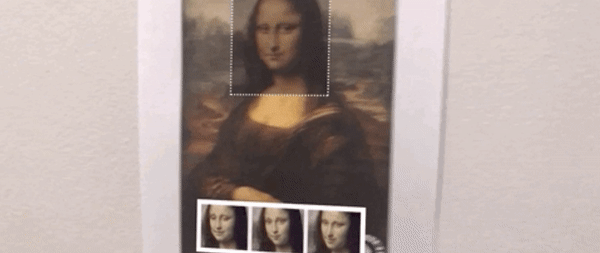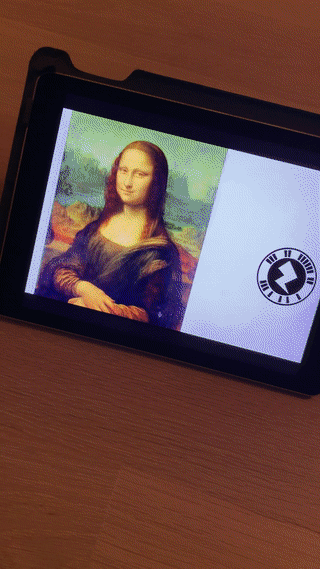LOGO design
LOGO design
Frankie
kastenbaum
Frankie
kastenbaum
Frankie
kastenbaum
FRANKIE
KASTENBAUM
FRANKIE
KASTENBAUM
FRANKIE
KASTENBAUM
Frankie

Using Augmented Reality to Improve the Art Museum Experience
A Bitesize UX Workshop
GOAL of project
Augmented Reality has always been a topic I was interested in, but never knew how to incorporate it into my work. I wanted to learn a tool that would allow me to easily create AR projects without the steep learning curve of 3D design.
overview
The Louvre, one of the most famous art museums in the world, wants to create a better experience for their guests. They have received positive feedback about visitors who have joined a group or private tours but are looking for ways to improve the experience for individuals who are visiting by themselves or with friends.
Currently, many works of art have QR codes that a visitor can scan that will pull up a detailed article about the piece. However, visitors have complained that the articles are too long, detailed, and difficult to follow while observing the art.
who WAS interviewed
For this project, we were given research from museum visitors and a tour guide so that we could better understand the frustrations of the visitors and the information they were being provided. Overall, we looked at the lasting impression of the museum trip on the visitor.

CONtent mining
Based on the user insights and interviews I decided to focus on these 3 call outs in my solution.
1
2
3
A face recognition software once claimed that the portrait of 'Mona Lisa' is 83% happy, 9% disgusted, 6% fearful and 2% angry.
In 2007, an engineer used high-resolution scans to show she was originally painted with visible eyebrows or eyelashes and they gradually disappeared over time
Leonardo da Vinci painted 'Mona Lisa' by using oil paint on a poplar wood panel in such a way that it left no visible brush marks
designing solution

Through rapid sketching, I mocked up different versions of what these features would look like in Augmented Reality.
I focused on simple interactions that would enhance, but not obstruct the in-person experience of viewing the painting.
After evaluating my solutions, I decided to focus on Google's facial recognition technology to showcase the 'Mona Lisa's' facial expressions. I believed this directly related to the user's pain points of wanting to understand the artwork, while also being left with something to contemplate.
check out Ar for yourself
Experience the world of Augmented Reality yourself by downloading the ZapWorks app and scanning over the logo on Mona Lisa herself.

